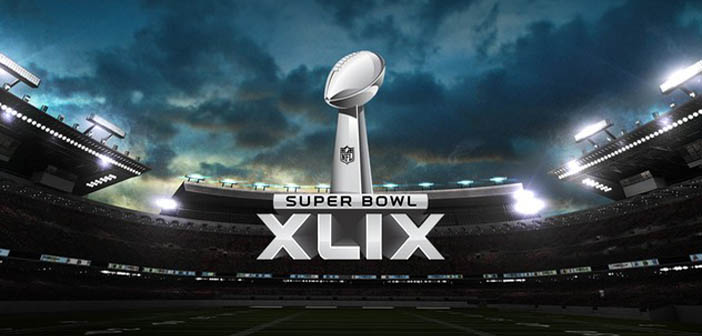This Sunday’s big game in Phoenix—Super Bowl XLIX—will see the Seattle Seahawks face off against the New England Patriots.
But the biggest football game of the year is also a multi-million dollar business, generating revenue for not only the NFL, but also the companies that advertise during the game. Schools of Business professors Mark Conrad and Timothy Malefyt, Ph.D., share their thoughts on the business side of the Super Bowl.
The Super Bowl Brand:
The Super Bowl has become a brand in itself — as it has become far more than a championship game. It has the largest mass audience for any television event, including millions of people who are not football fans, but will

watch the game because all of their friends do . . . or watch it for the commercials.
It has the rare distinction of being a “must-see” event in a fragmented media age. Despite the great choices available on cable, satellite or online streaming, the fact that the game continues to draw well over 100 million viewers is a testament to its unique identity.
-Mark Conrad, director of the sports business specialization at the Gabelli School of Business and associate professor of law and ethics
The New Rules of Discourse:
The Super Bowl defies the rules of regular advertising. It is a different type of communicative discourse. In Super Bowl viewing, audiences are inter-generational, familial, across ethic types, urban/suburban markets, and socio-economic classifications. This presents a challenge to advertisers, in that typical marketing spells out aiming for one type of demo to target.

Secondly, audiences viewing the Super Bowl seek out advertisements, rather than avoid them as they typically do. Viewers are primed to engage with ads. In other words, consumers offer an emotional state that advertisers dream of – expecting to be emotionally affected by an advertisement.
Many corporations take advantage of this, and much of the discourse in ads is emotionally charged, that is anthemic, humorous, deeply touching, as communicative styles to spark new relations with the consumer.
-Timothy Malefyt, clinical associate professor of marketing
The Role of Women:
The Super Bowl is no longer just guys sitting around, drinking beer, scratching armpits and cheering their teams. Now, its a family event and highly social. On both of these fronts, women are far more involved and matter more than men.
Women are more likely to see an ad and respond to their friends about what they saw (It’s no longer one media or another, but called the “multiplier effect” – people text, tweet, email while watching TV.)
In addition, women tend to buy more for their families and predominate family purchase decisions. So, marketers are just following the changes in social dynamics – who will make the most of their advertising dollars – it’s women.
-Timothy Malefyt, clinical associate professor of marketing


